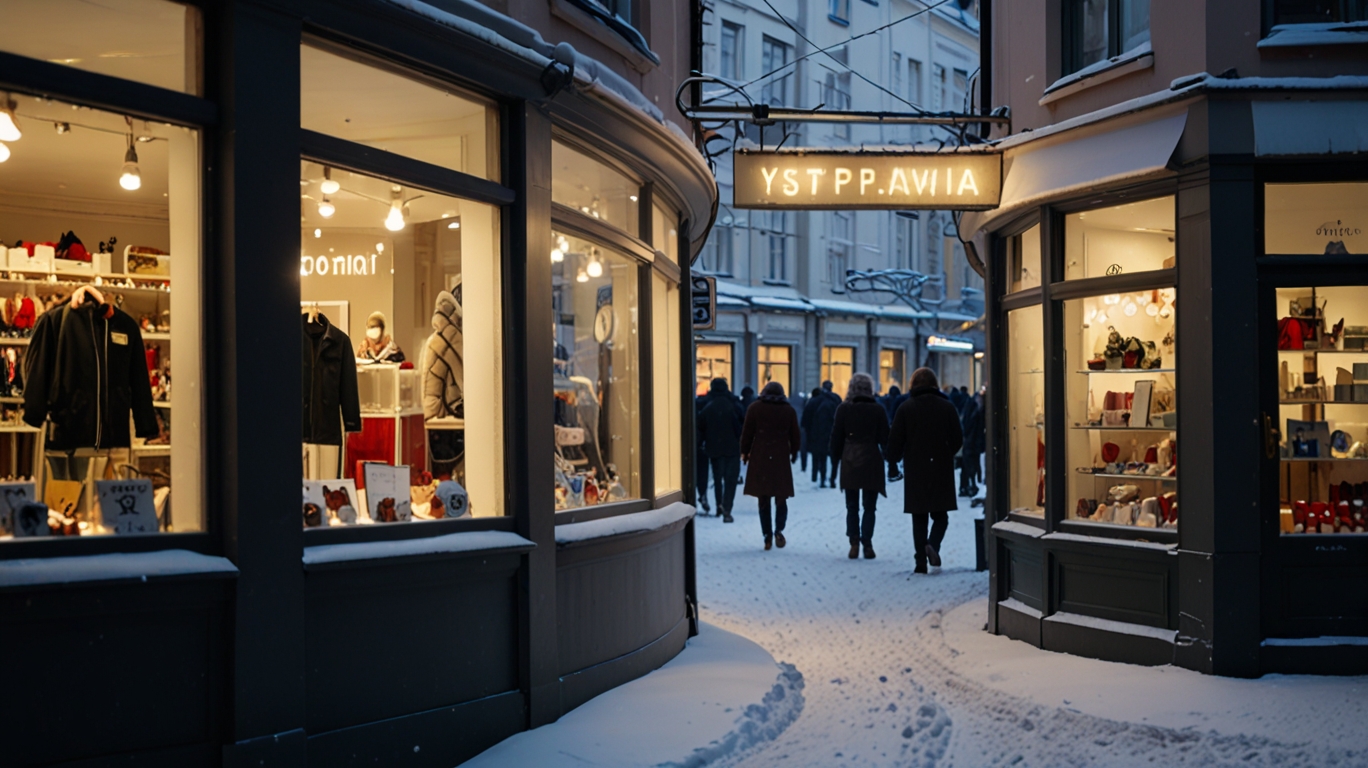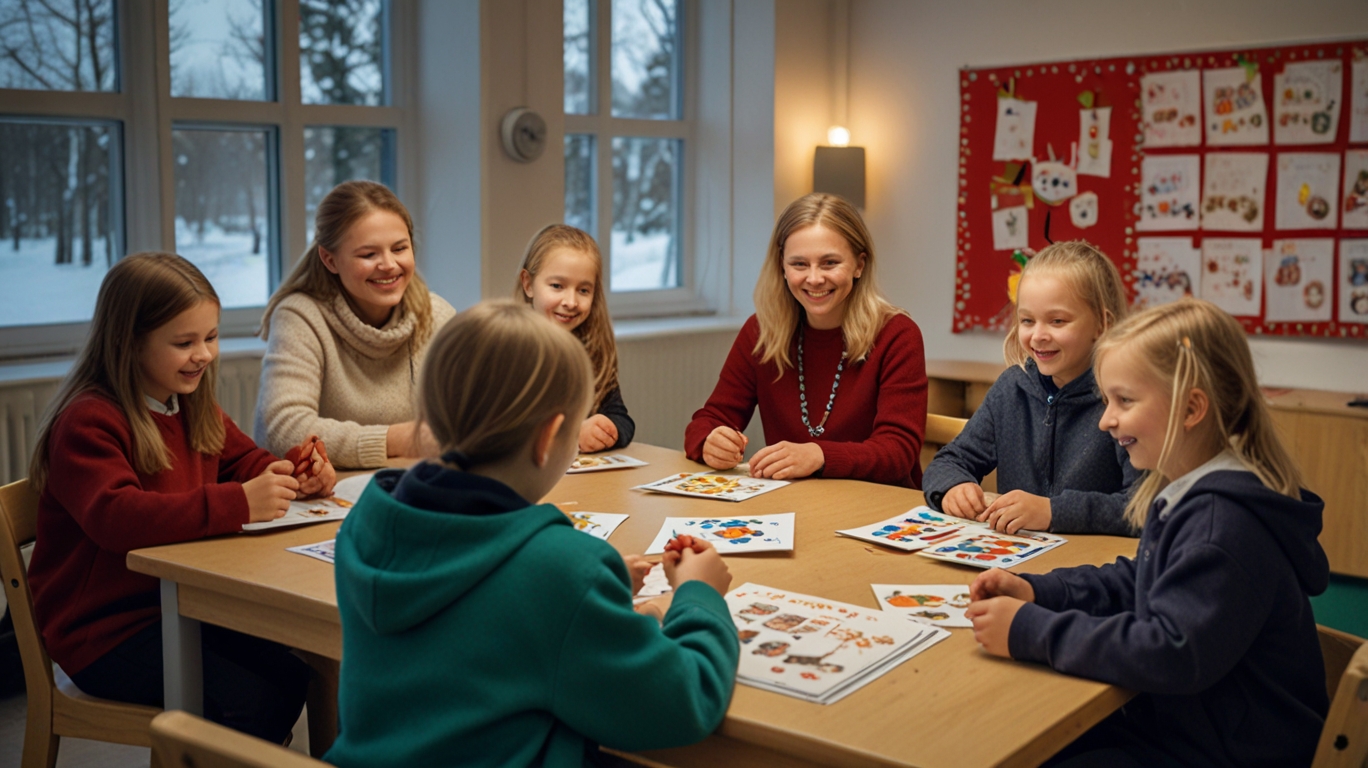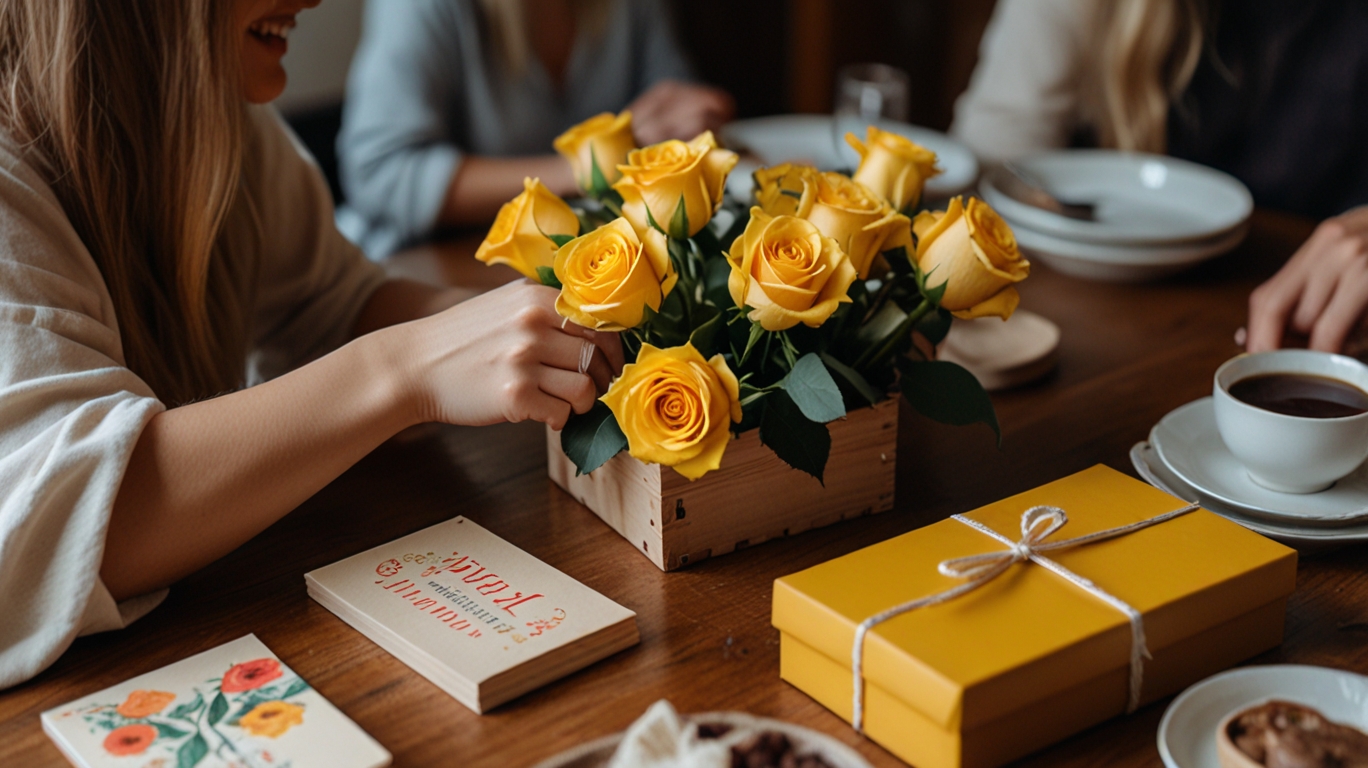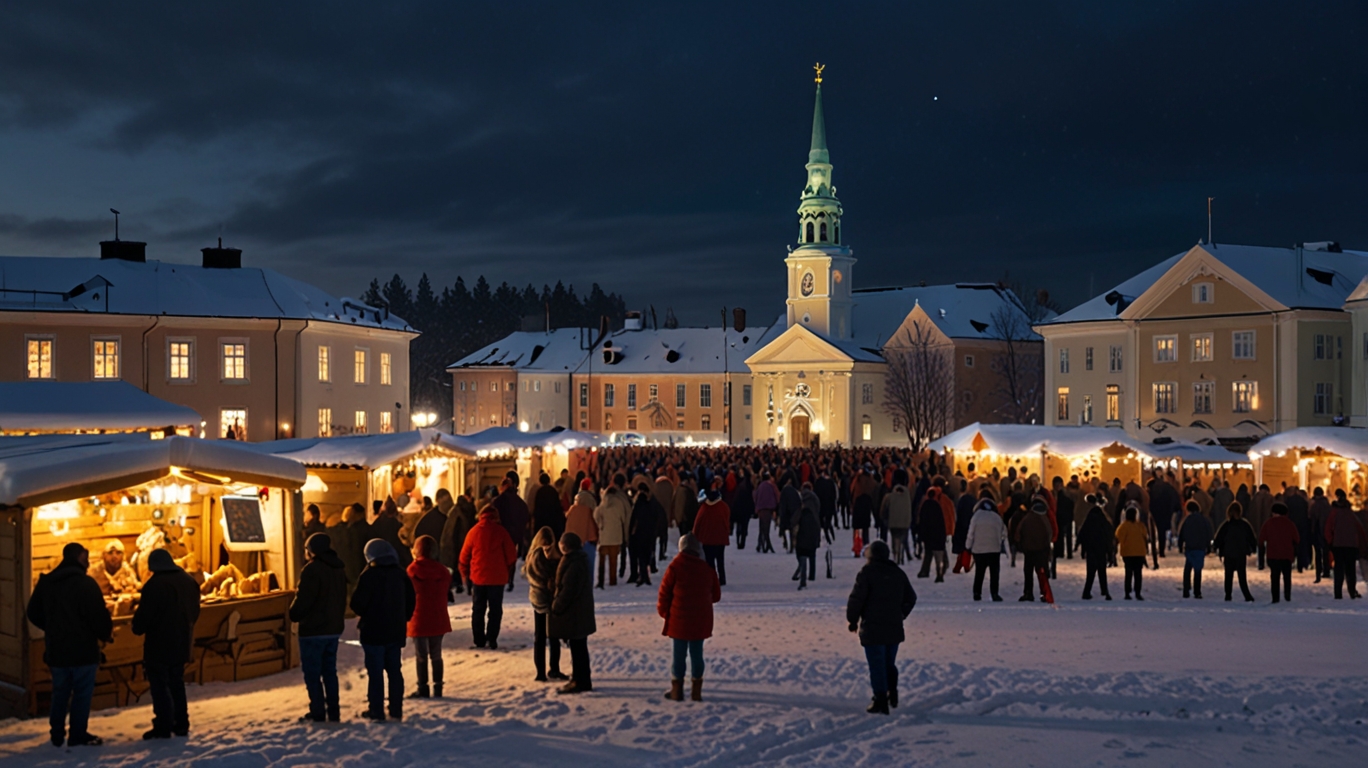Why Friend Day Might Be Better Than Valentine’s


In many parts of the world, February 14 is synonymous with Valentine’s Day—a holiday heavily tied to romance, candlelit dinners, and an industry built around roses, chocolates, and expensive displays of affection. But in Finland, this same day has evolved into something altogether different and, in many ways, more meaningful: Ystävänpäivä, or Friend’s Day. The tradition began gaining ground in the late 20th century, especially in the 1980s, when Finnish culture increasingly embraced the idea that love does not need to be confined solely to romantic relationships. Instead, the day was redefined to celebrate the bonds of friendship, kindness, and companionship across all social circles. Unlike Valentine’s Day, which often emphasizes exclusivity and intimacy, Friend Day was shaped to reflect Finland’s cultural values of equality and inclusiveness, ensuring that no one is left out of the celebration. Today, it is recognized across the nation, not only in schools and workplaces but also among families and communities, making it less about social pressure and more about shared joy. What makes this origin story especially unique is how Finland deliberately reshaped a global holiday into something distinctly their own, one that mirrors the country’s collective spirit and egalitarian worldview rather than adopting the heavily commercialized traditions of other countries.
How Finland Prioritizes Inclusivity in Celebration

One of the most remarkable aspects of Friend Day in Finland is the inclusivity it brings to a holiday that, in many other parts of the world, can feel isolating or even alienating. Valentine’s Day often casts a spotlight on couples, and while this can be joyful for those in romantic relationships, it leaves many others—such as the single, the widowed, or simply those not interested in romance—feeling excluded. Finland, however, chose a different path by reshaping February 14 into a day where everyone belongs. In schools, for instance, children exchange colorful cards with all of their classmates, not just with a single person, which fosters a sense of belonging and encourages kindness at an early age. In workplaces, colleagues may surprise each other with small chocolates, flowers, or notes of gratitude, strengthening camaraderie within teams. Even neighborhoods and community groups sometimes organize shared meals or gatherings where everyone is welcome, making the holiday a public, collective event rather than a private one. This inclusivity goes beyond the act of giving gifts; it emphasizes that friendship is just as important, if not more so, than fleeting romance, because it builds bridges between people and creates strong, lasting social networks. In this way, Finland’s celebration contrasts sharply with the pressure-filled version of Valentine’s seen elsewhere, offering instead a reminder that the value of love lies in how broadly it can be shared.
The Role of Gifts and Traditions in Friend Day

When it comes to gift-giving, Friend Day in Finland departs significantly from the expectations surrounding Valentine’s Day. In many Western countries, Valentine’s has become commercialized to the point where roses must be red, chocolates must come in heart-shaped boxes, and jewelry advertisements flood the media weeks in advance, encouraging lavish spending to prove devotion. Finland, by contrast, has resisted this commercialization by keeping the focus on small, thoughtful gestures that highlight the sincerity of one’s affection rather than its monetary value. Popular gifts include handmade cards decorated with personal touches, friendship bracelets crafted by children or young adults, or even simple treats like chocolates or baked goods shared among groups. Greeting cards, in particular, hold special importance; Finns often take the time to write heartfelt messages of gratitude and appreciation, recognizing the everyday support their friends provide. Florists do sell flowers during this season, but they are not necessarily tied to romance—yellow roses, for example, are commonly gifted to friends to symbolize warmth and appreciation. This approach to gift-giving shifts the meaning of the holiday: instead of being a day where people feel pressured to measure love in expensive purchases, Friend Day reinforces that what matters most is thoughtfulness, presence, and genuine care. This tradition makes the celebration more sustainable, authentic, and emotionally rich, reminding people that true connection often shines brightest in small, consistent acts rather than in grand displays once a year.
Why Friendship Feels More Lasting Than Romance

The heart of Friend Day’s appeal lies in the acknowledgment that friendships often provide a level of stability, loyalty, and longevity that romantic relationships may not always achieve. While love stories are celebrated in films and songs, real-life romances can sometimes be short-lived or marked by ups and downs. Friendships, on the other hand, are often nurtured over years, even decades, and provide unwavering support through life’s many stages—school, career, family, and even old age. In Finland, this recognition is deeply woven into the cultural understanding of well-being and equality. By choosing to celebrate friendship on February 14, Finns are essentially honoring the relationships that consistently anchor them, rather than spotlighting only those that may be romantic or fleeting. This resonates in a modern world where people are increasingly prioritizing chosen families, support networks, and communities alongside, or sometimes in place of, romantic partners. Moreover, friendships are celebrated as equal partnerships where mutual respect and care take center stage, free from the expectations and pressures that can sometimes weigh on romance. This makes Friend Day feel not only inclusive but also timeless, as it underscores the idea that true companionship—whether between two lifelong friends, a group of colleagues, or even across generations—is something that endures and sustains people in ways that often outlast romance.
The Global Lessons from Finland’s Approach

The way Finland has reimagined February 14 into Friend Day carries a powerful message for the rest of the world: celebrations of love can and should extend beyond romance. In many countries, Valentine’s Day has become a high-pressure, highly commercialized event that often reinforces narrow definitions of love, leaving many people feeling excluded or burdened by consumer expectations. Finland’s example offers a refreshing alternative by showing how love, in its broadest sense, can be inclusive, sustainable, and community-focused. By centering the day on friendship, kindness, and gratitude, the Finnish model reduces loneliness and broadens the cultural conversation around what it means to feel valued and connected. The success of Friend Day suggests that societies elsewhere might benefit from adopting similar practices—whether by creating space for friendship in Valentine’s celebrations or by starting entirely new traditions. In a time when many cultures are grappling with rising isolation and mental health challenges, the act of celebrating friendships could help strengthen social ties and create stronger, healthier communities. Finland’s approach proves that love does not need to be confined to candlelit dinners and romantic partners; it can also thrive in shared laughter, mutual support, and simple acts of kindness that make life richer for everyone. Perhaps, then, Friend Day is not just an alternative to Valentine’s but a blueprint for a more inclusive, fulfilling way of celebrating human connection.
RELATED POSTS
5 Sweet Gestures to Celebrate Friend Day Like the Finns
In Finland, February 14 has a unique charm that sets it apart from how the rest of the world typically observes Valentine’s Day. While many countries associate the date with romantic gestures like candlelit dinners, roses, and declarations of love, the Finns have...
More Than Romance: How Finland Celebrates Friendship on Ystävänpäivä
When the world thinks of February 14, the immediate association is typically romantic love—bouquets of roses, heart-shaped boxes of chocolates, candlelit dinners, and declarations of passion between couples. In many cultures, Valentine's Day has become a commercial...

